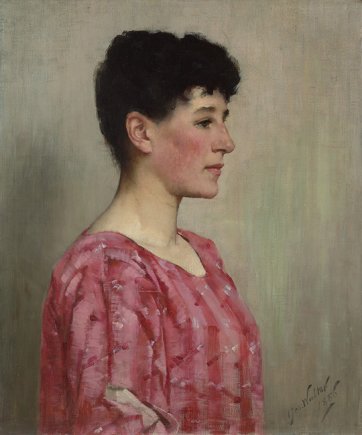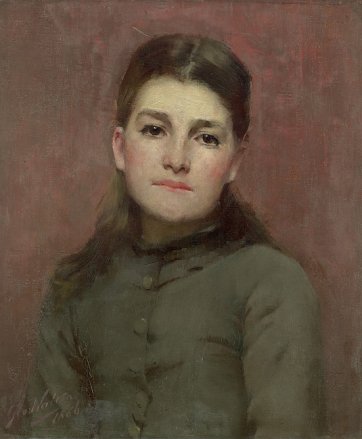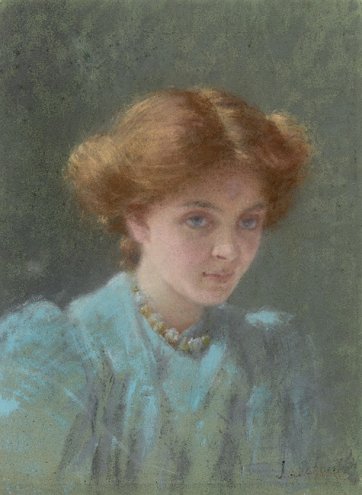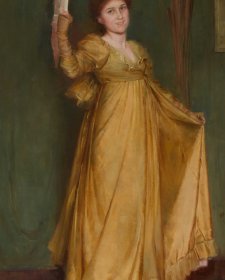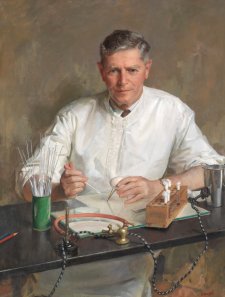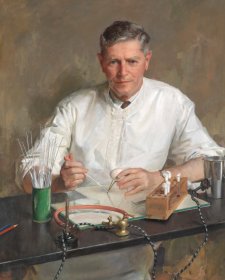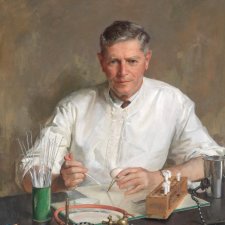Featuring well-loved icons of late nineteenth-century and early twentieth-century Australian art, as well as rarely-exhibited works drawn from public and private collections, the summer show offers a gorgeous glimpse into the world of a group of people to whom art was life itself.
At what point does an artist’s ‘impression’ of colour, light and form become a work sufficiently finished to show to someone else? At what point does an ‘impression’ of a certain look on a certain face become a portrait of a person? At what point do we forget to admire the way an artist has painted, and see, suddenly, in a whole new way, because of the way they have shown us to look?
These are some of the questions invited by the portraits in Impressions: Painting light and life. Most of the works in the exhibition were made between 1885 and 1910. There are many by the outstanding portraitist of the period, Tom Roberts; the largest and most striking was made by the brilliant, short–lived Hugh Ramsay. In between fall paintings, drawings, prints and sculptures by Bertram Mackennal, Rupert Bunny, Charles Conder, Arthur Streeton, Emanuel Phillips Fox and George Lambert, made in and around Melbourne, London and Paris. The lives of all the artists represented in the exhibition intersected and crossed over as they attended classes, formed clubs and societies, exhibited and took painting trips together; as they made the eight-week sea voyages between Australia and Europe; as they sought the conviviality and sympathy of their compatriots abroad; and as they made portraits of each other.

